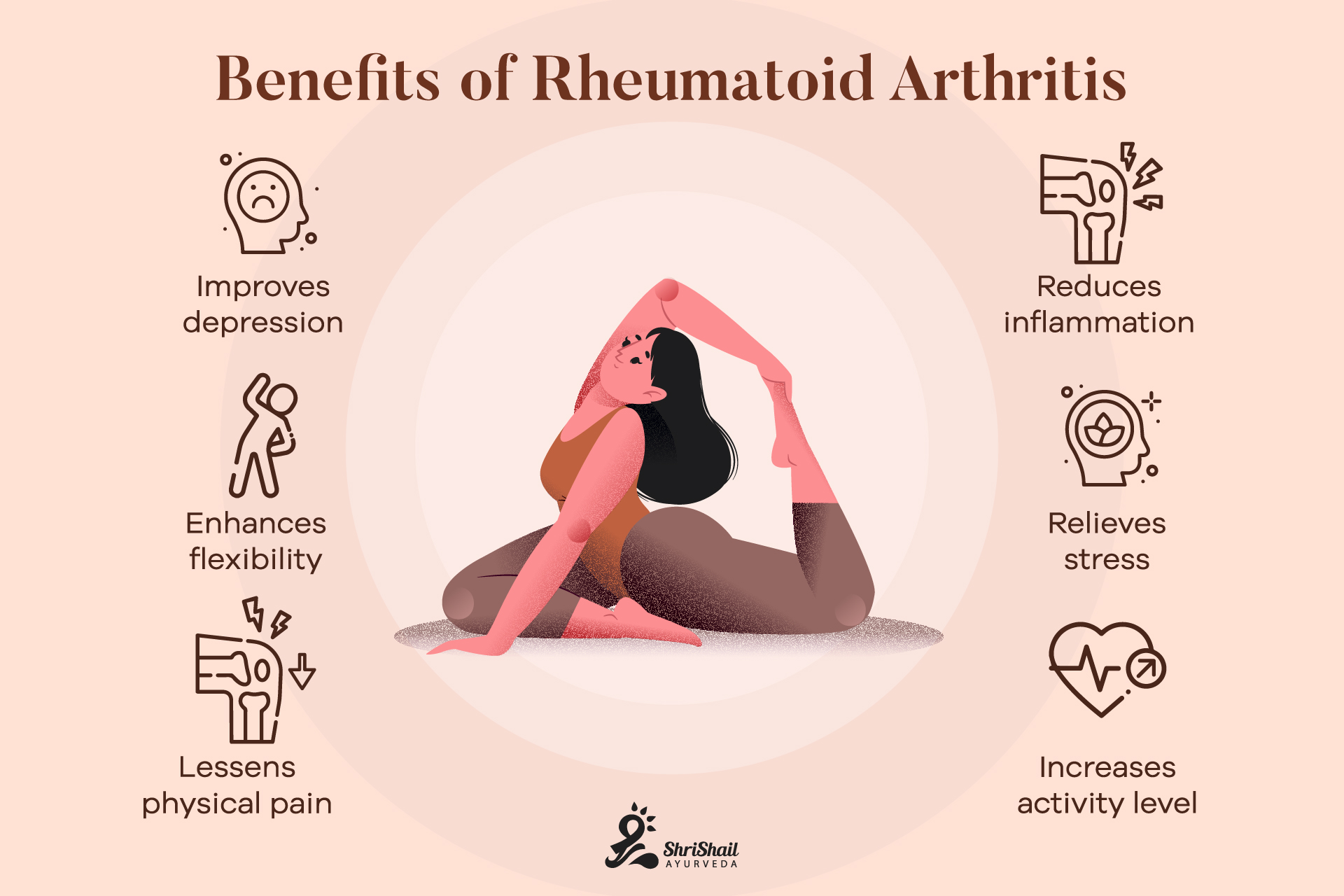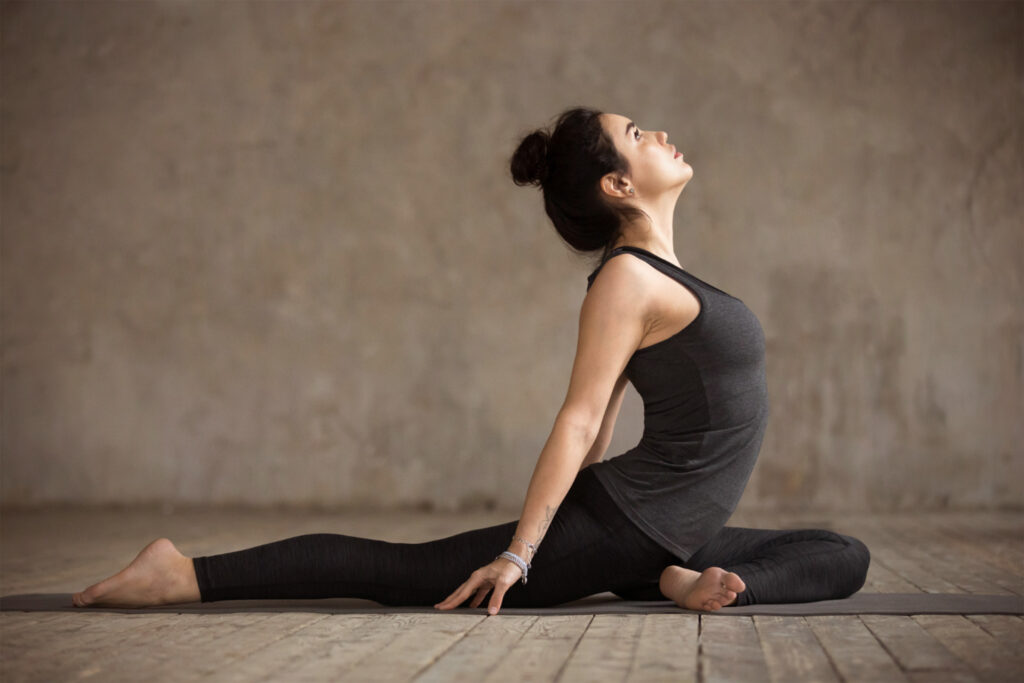
Counterintuitive?
Yoga is an age-old practice for physical and spiritual wellness and is one of the pillars of the foundation of Indian philosophy. Over the years, as the benefits of yoga became widespread, it got its rightful recognition across the globe. As is with every new fad, it became a trend to do yoga and many places mushroomed to get their piece of the pie. But yoga is a way of life in Hinduism and it promotes mental and physical well-being.
There are many elements in yoga; but mainly asanas (physical postures), pranayama (breathing techniques) and dhyana (meditation) kind of sum it up to a larger extent. There are many different forms of yoga that are designed keeping body types, age factors, disabilities etc., in mind. They can vary from a simple form of yoga to hard-hitting and extremely physical ones.
Health benefits in general
Much research has been done all over the world and it has been found that yoga can cure many illnesses and help get rid of many daily habits that are harmful to health, e.g., smoking. The many aspects that are involved in yoga, such as mental and emotional health, stress management, healthy eating habits, promoting good daily activities, sleep and balance.
Which brings us to…..
Rheumatoid arthritis; is an auto-immune and inflammatory disease that attacks the joints of the body making any physical activity very painful. It is a case of mistaken identity by the immune system where it starts attacking the healthy body cells and causing swelling of the joints making daily living unbearable.
This affects the posture and balance of the patient causing deformities. Which also results in psychological damage. This disease is irreversible if looked into at later stages when arthritis has set in. And the pain can be anywhere from a burning sensation, sharp pain or a continuous feeling of pressure making daily activities difficult and causing a lot of stress too.
Best alternate practices for Rheumatoid arthritis
Yoga is a great tool for RA as it is a variety of fluid movements, the only other comparable being swimming and Tai-chi. The commonality is that the focal point is stretching and opening the various parts of the body while simultaneously working on a relaxation module that is inward, mental and peaceful. The stress responses in the body are regulated by the vagus nerve and it is proven that yoga, along with pranayama and dhyana help relieves the stress caused by RA.

Nowadays, there are many types of yoga and yoga teachers available online but it is imperative to get an experienced yoga practitioner who is also knowledgeable in the postures that can help rather than worsen the effects that RA leaves in the body. Equally important is that there should be an experienced teacher who can correct the poses and modify the same to suit each patient’s requirements.
Should ‘Movement always’ be a reality in a RA patient’s life? Is Yoga favorable for rheumatoid arthritis? Is it appalling to ask a patient with chronic RA to exercise?
Surprisingly, yoga and its benefits have been studied and approved by many medical practitioners too. Let’s move out of the shadows of what has been said and throw some logical light on this debatable subject. So what is physical activity? Many types of exercises, correct? Right from running to working out at the gym to dancing and basically anything that makes you sweat; but it isn’t possible for someone with such a disease. But to get more clarity, is this all that defines physical movement? Our skeletal muscles need a certain amount of body movement to expend energy; here is where certain asanas of yoga come in as they are only helpful and have no side-effects at all.
“Exercise is not exertion”
A well-documented fact is that the correct form of exercise done right and consistently can only improve people suffering from this disease. And this is where these different types of yoga can help RA patients specifically for long periods of time if they persist in their practice.
There are some simpler forms of yoga that are excellent in helping with balance and posture for RA patients that are listed down below:
- Iyengar- The late Indian Guru of yoga in recent times, B.K.S.Iyengar was a legend in his own right as he had perfected the form of yoga and curated it to suit his student’s needs as would be needed for people suffering from rheumatoid arthritis, Known worldwide as Iyengar yoga, named after him, he incorporated the use of props to help alignment and make it safer for people who have physical disabilities. As is with RA patients, limited mobility and poses that can’t be balanced are supported by the usage of props in this yoga form.
- Hatha- Technically, hatha yoga involves all forms of yoga poses that can be done slowly but need to be held on to for a few breaths. Pranayama and dhyana which are breathing techniques and meditation have been included in this form of yoga. This form has to be modified to the tolerance of a RA patient as it is slow and could be bothersome for some poses that require standing in a certain way for a longer period of time.
- Yin- There are connective tissues in our body that are also popularly known as the yin tissues. These tissues respond well to slow and steady weight on the joints which is beneficial for mobility. Due to the slow process of holding poses for longer periods of time and keeping the load on as much as one can sustain is advisable. Slowly, the patient can take on more time and thus improve the flexibility of the joints. In certain areas of the body, yin yoga poses can stimulate and remove blockages from the aura or Prabha as it is known in Ayurveda for rheumatoid arthritis.
Let’s hit the yoga mat
It is safe to say that there are certain yoga poses that are extremely beneficial for people suffering from RA.
- Setu Bandha Sarvangasana – Also called “Bridge Pose”, this posture is adaptable and strengthens the back and legs.
- Vrksasana – The tree pose helps with coordination and balance.
- Mrtasana – More popularly known as “Savasana” or the “Corpse Pose”, this regulates breathing and brings a state of oneness, great for pain management.
- Marjaryasana-bitilasana – The seated version of the cat-cow pose, stretches the spine, upper neck, chest and back simultaneously working on calming the mind and relieving stress.
An afterword
The potential benefits of yoga for rheumatoid arthritis are hugely acclaimed. Regular exercise is essential for everyone regardless of the disease, and yoga has shown wonders to patients across the planet that the ancient gurus knew what they were talking about and left us with, in terms of yoga, meditation and Ayurveda. Make it a way of life and it will definitely give the desired results.
Yoga is the practice of quieting your mind.
-Patanjali, author of “THE YOGA SUTRAS.”


